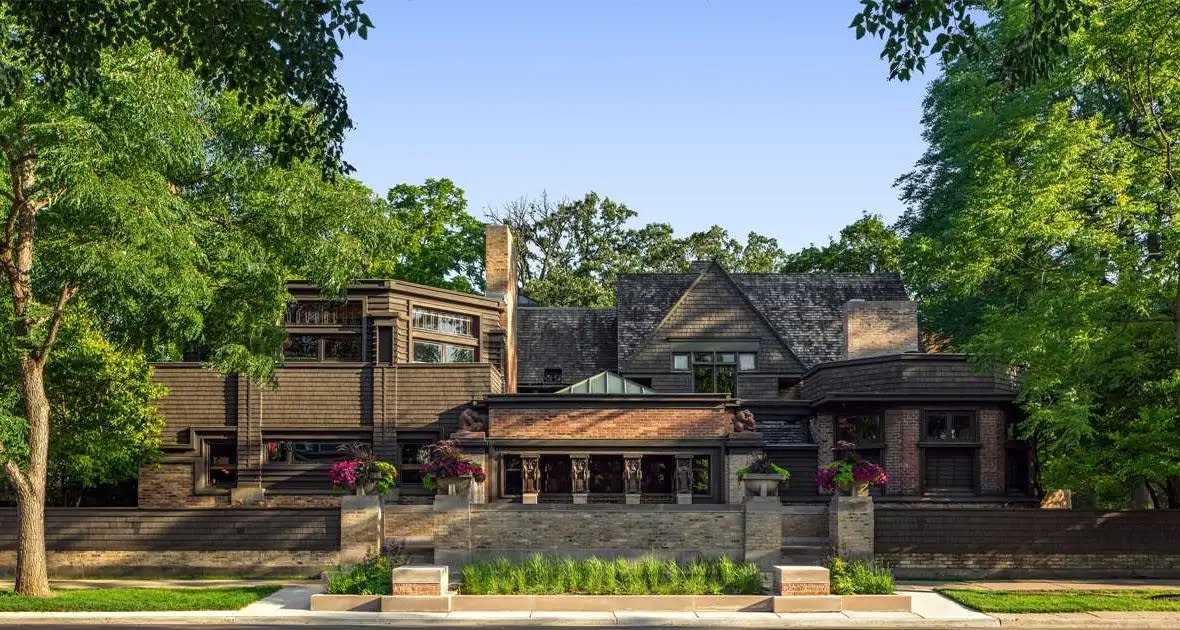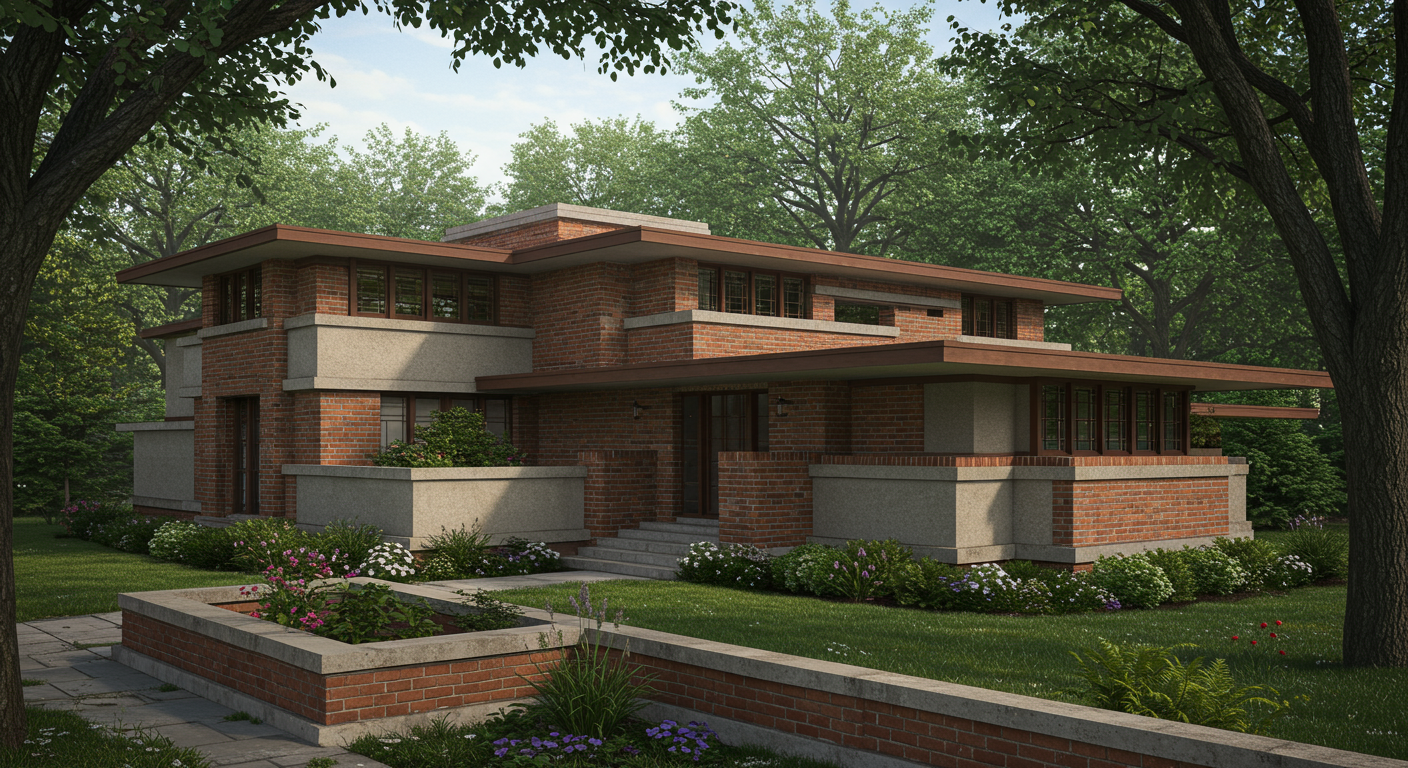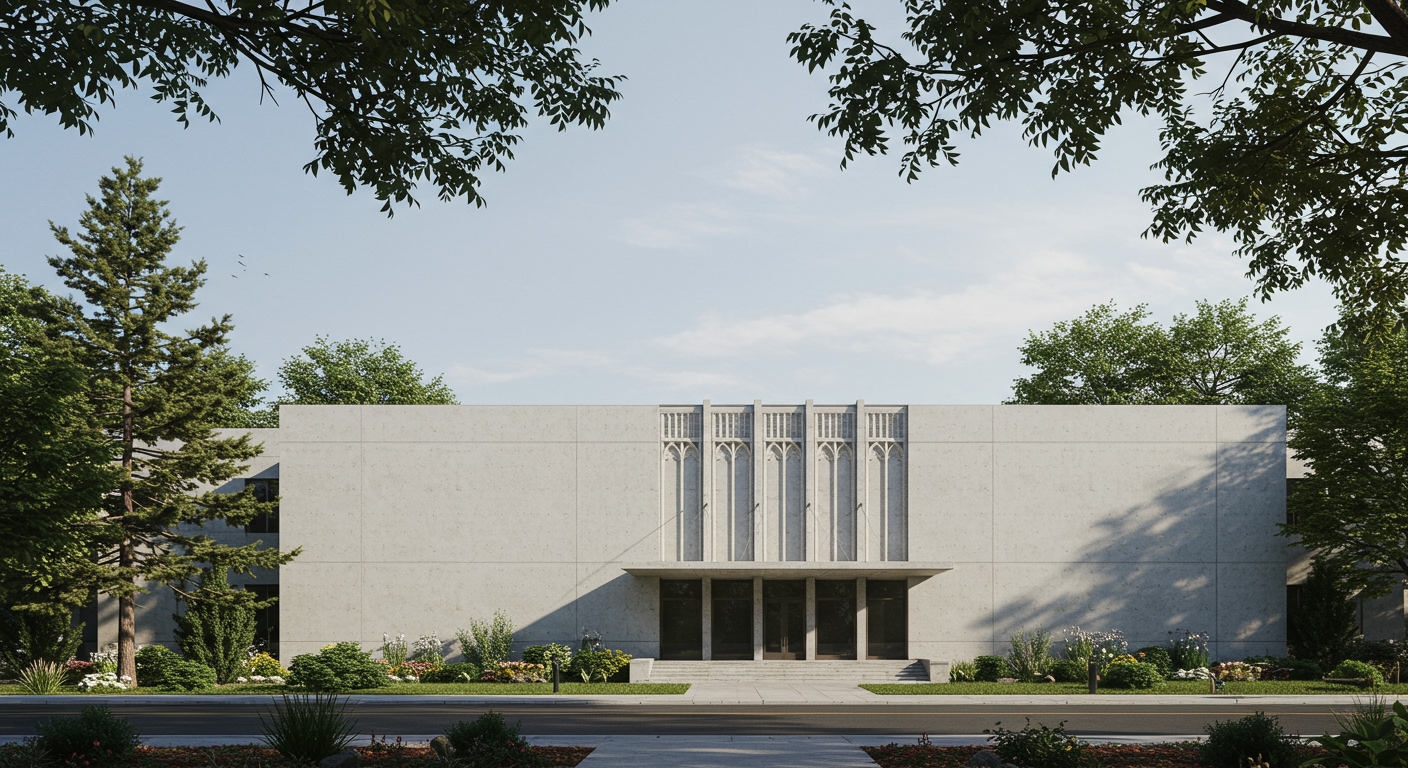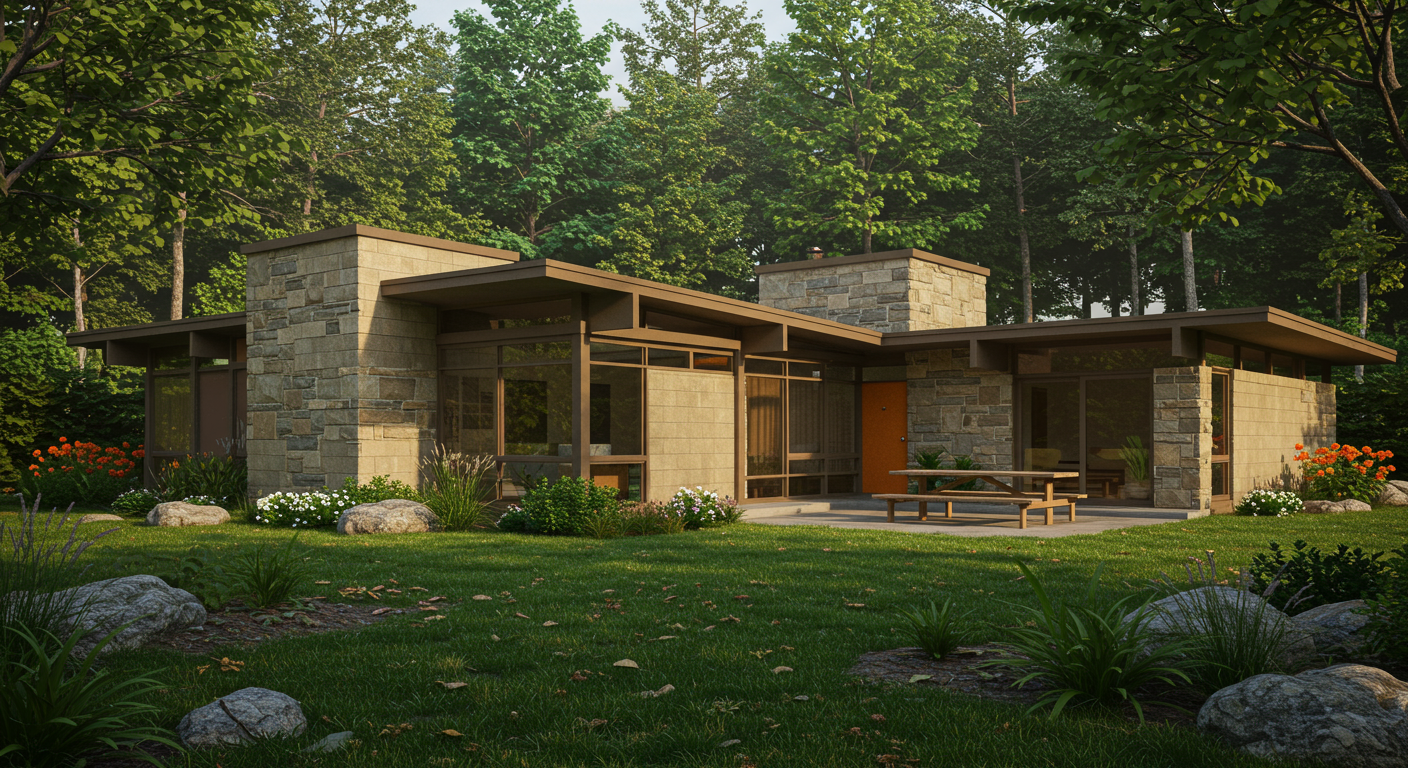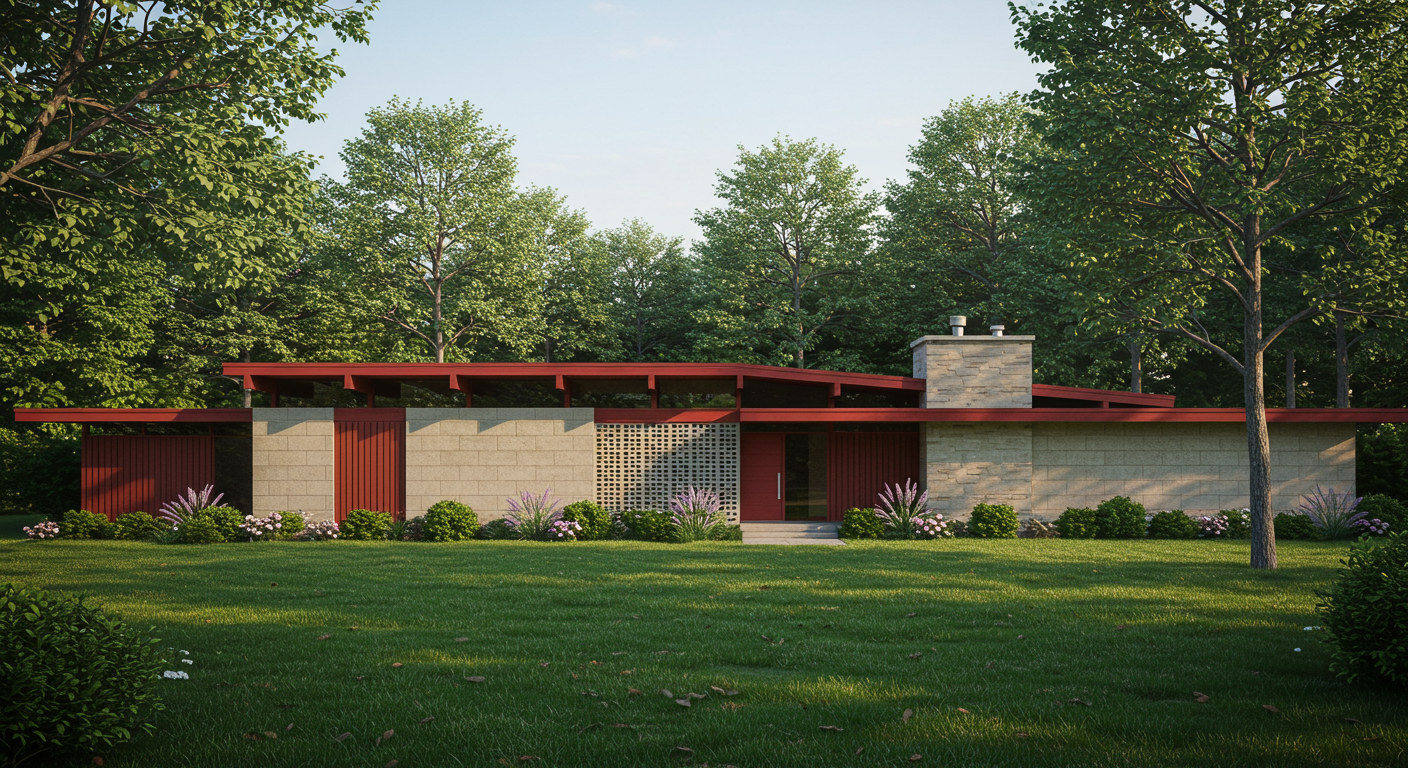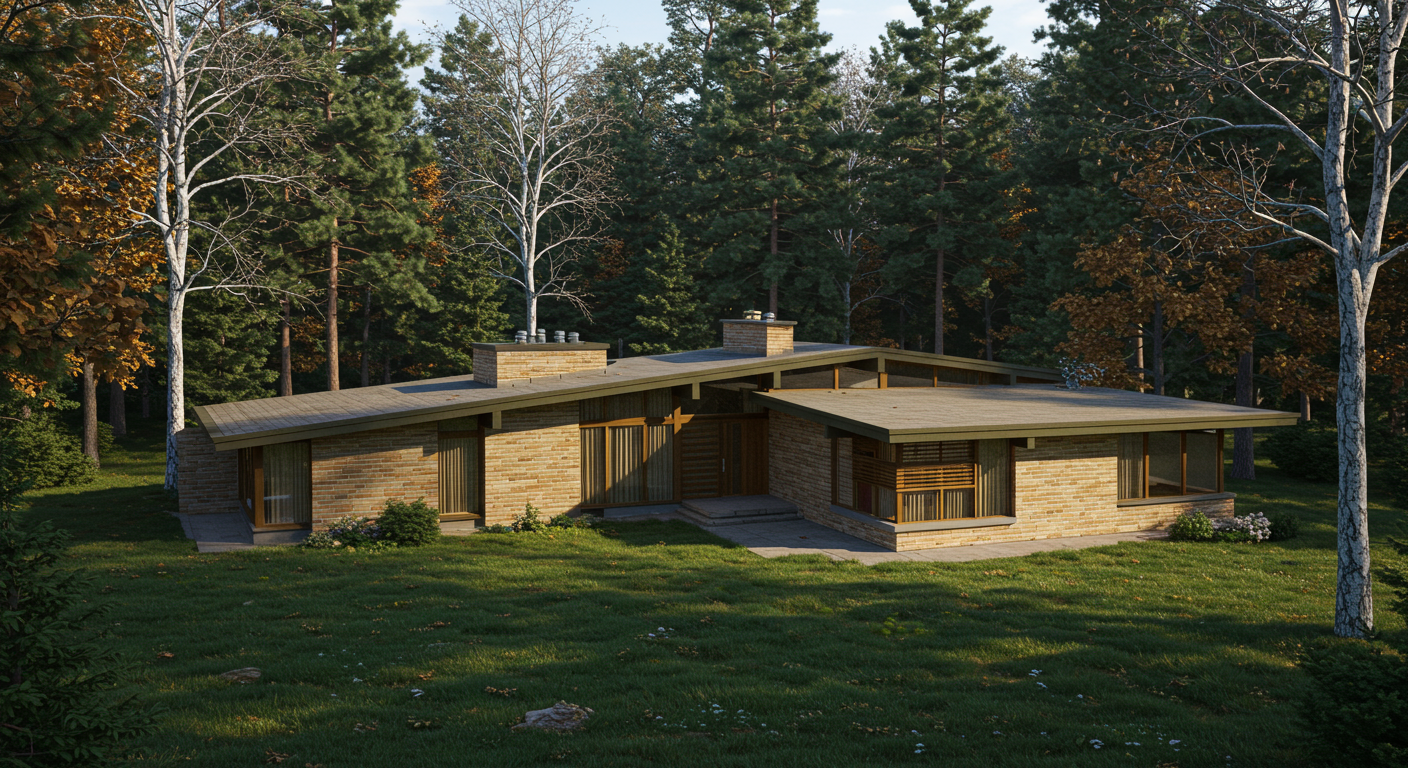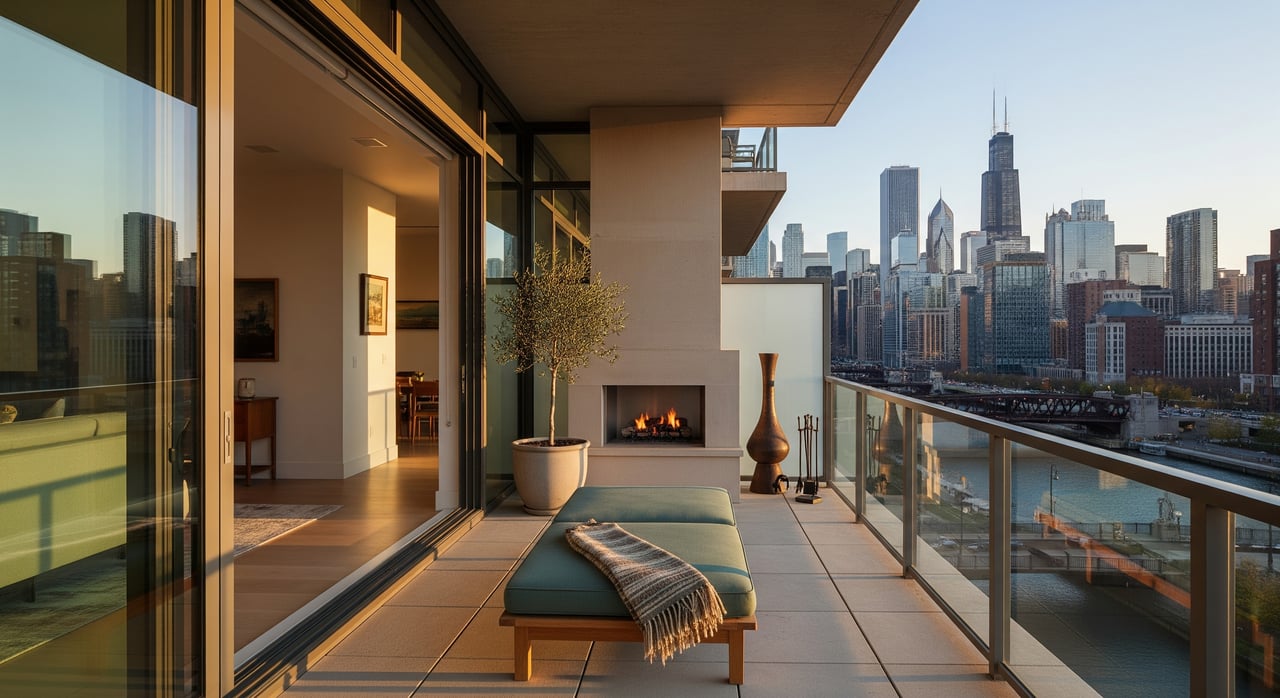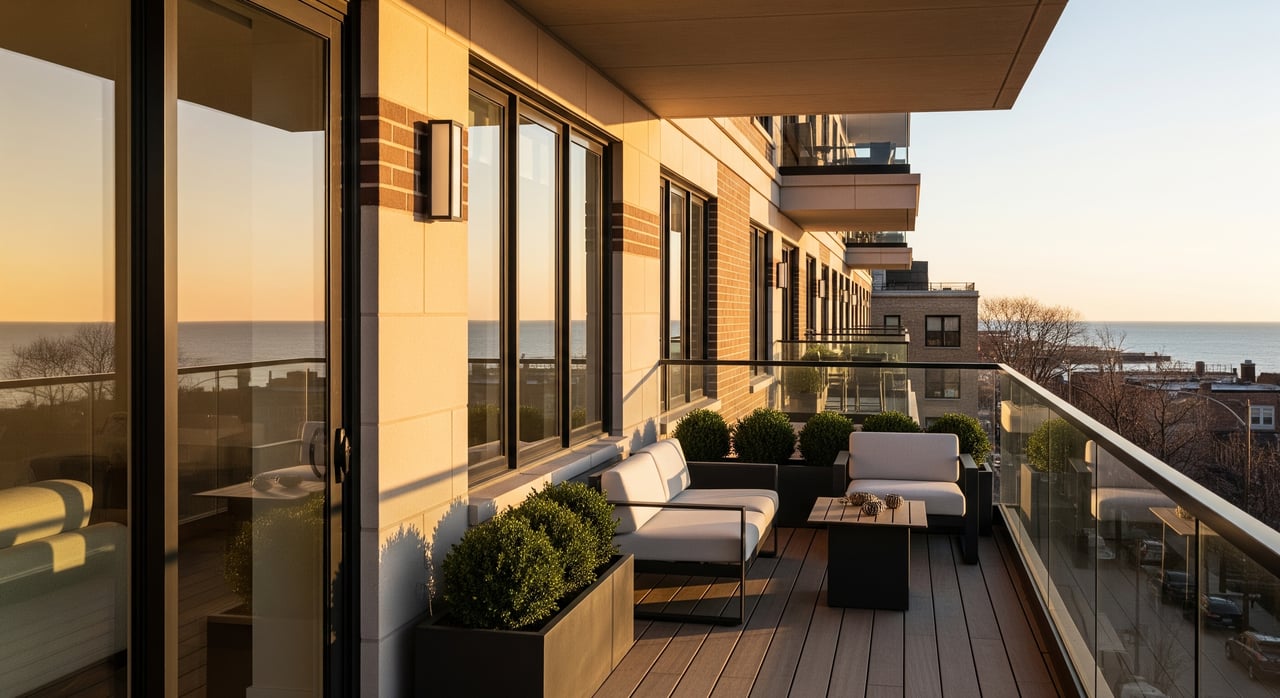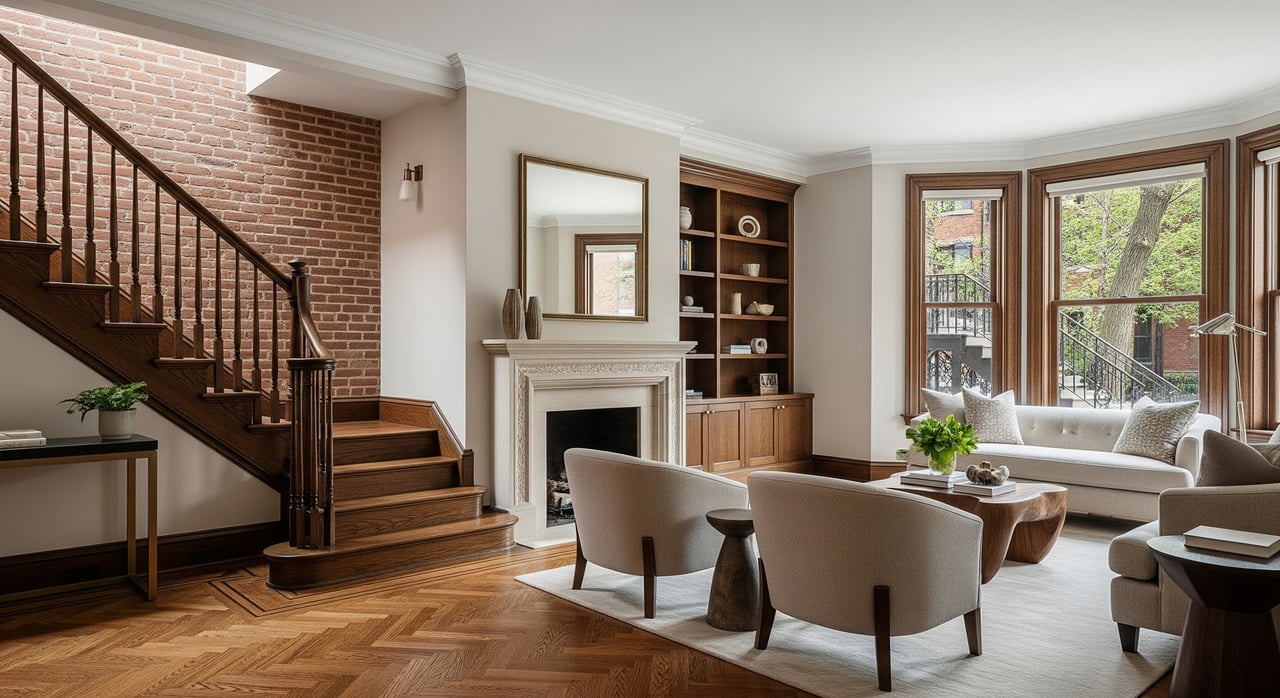Get it Wright: Frank Lloyd Wright Made His Mark on Chicago Architecture
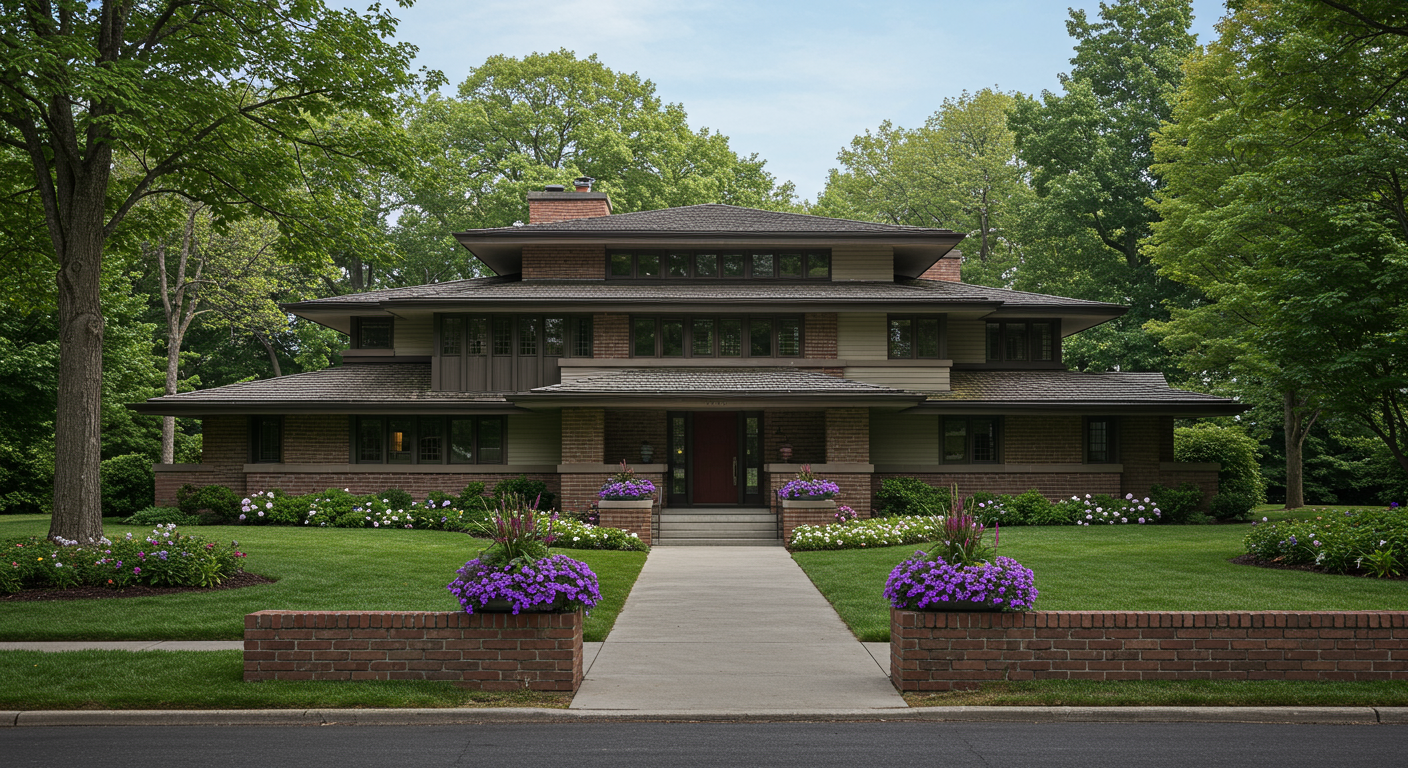
Without a doubt, Frank Lloyd Wright is one of the greatest American architects of all time. From conceptualizing the Prairie style at the turn of the 20th century to designing the low-cost, well-built Usonian homes, his distinct styles continue to shape residential homes and public buildings in Chicago, the Midwest, and beyond.
As Wright’s aesthetic evolved over the decades, one element remained the same: his innovative structures combined natural and modern materials and reflected his philosophy of living in harmony with nature. While Frank Lloyd Wright’s buildings can be found in 33 states, his greatest architectural influence, arguably, is in Chicagoland.
History of Wright in the Chicago area
Wright grew up in rural Wisconsin, studied civil engineering at the University of Wisconsin, and moved to Chicago in 1887 for an apprenticeship. Following a brief tenure with architect Joseph Silsbee, Wright joined Alder and Sullivan, the prestigious firm behind Chicago’s Auditorium Theatre.
“He really cut his teeth into that office,” says John Waters, architect and preservation programs manager at the Frank Lloyd Wright Building Conservancy. “At a very young age, he became the chief draftsperson in the office, so he was clearly a bit of a prodigy already.”
After leaving Adler & Sullivan in 1893, Wright established his own practice in Chicago, which he later moved to his home in Oak Park. During this time, Wright became determined to create an architecture style unique to America, and subsequently popularized what is known as the Prairie style. Homes built in this style are designed to reflect long, horizontal prairie land, often featuring deep overhangs, low-pitched roofs, and long rows of casement windows.
During the Great Depression, Wright began working on affordable housing, which ultimately led to the Usonian style. Wright’s Usonian designs are typically small, single-story dwellings and are often L-shaped to fit around a garden terrace.
Today, it’s easy to explore some of his most famous builds, including:
Take a guided tour of this iconic home on the University of Chicago’s campus in Hyde Park. Completed in 1910, this home is often considered one of the finest examples of Wright’s Prairie style.
Walk through Oak Park, home to the largest collection of Wright-designed buildings in the world, including his home and studio.
“Oak Park is ground zero, so to speak,” says Waters. “This is where he lived for about 20 years, and it was his laboratory.”
This Unitarian Universalist church in Oak Park, named a UNESCO World Heritage Site in 2019, is Wright’s only surviving Prairie-style public building.
“The space of the Unity Temple is very inspiring,” Waters says. “It’s a very three-dimensional building with several levels that are complexly put together. Then there is this spectacular light coming in from high, clear-story windows around, and the skylight in that building is like no other.”
Frank Lloyd Wright homes hit the market
If you’d rather do more than simply visit a Frank Lloyd Wright building, consider this: right now, several Wright-designed homes are on the market right here in the Midwest, listed by @properties Christie’s International Real Estate agent Victoria Krause Schutte
The Warren Hickox House, a 1900 Frank Lloyd Wright masterpiece, sits near the Kankakee River. The four-bedroom home is one of Wright’s first Prairie-style builds and is emblematic of this trend – with a few distinctive details. A good example: the flared ridges of the roof are inspired by Japanese architecture, and the house is edged in dark wood – both unique features.
Typical of Prairie-style homes, the property’s long and low open-plan blends simplicity and connection to nature with the modern architectural work of Wright’s mentor, Louis Sullivan.
The interior — approximately 3,200 square feet – seamlessly flows between rooms. Upstairs, you’ll find one primary bedroom and three additional bedrooms. Downstairs, you can unwind in an elegant living room complete with the original fireplace. The living room opens to a porch and two alcoves – a dining room and a library. Beyond the architectural splendors of the home, the neighborhood is close to parks and a country club.
Set against rolling hills is “The Acres” community in Galesburg, Michigan – and here, four of the five houses are Flank Lloyd Wright designs. Two of these homes are currently on the market in a completely unprecedented moment for real estate.
Originally marketed as a pair, these neighboring Wright homes are now on the market individually. Both houses were carefully crafted by the original owners under Wright’s supervision. Each home reflects the iconic style of mid-century architecture, perfectly restored to 21st-century standards.
Built from concrete and mahogany in 1953, this three-bedroom, two-bath home has a low profile and horizontal lines. Floor-to-ceiling glass doors let the light in and open to a terrace overlooking a grassy meadow filled with wildflowers.
The home also includes two additional terraces, perfect for entertaining and soaking up the beautiful surroundings. Relax in two large living spaces with fireplaces and built-in Frank Lloyd Wright furniture.
This single-level, two-bedroom, two-bathroom home was constructed in 1951. Surrounded by shady trees, the mahogany details and clean lines exemplify Wright’s Usonian style. The stunning open-space design includes a library/music room and a living space with a fireplace and floor-to-ceiling windows that open to the surrounding property. Connecting to the main house is a workshop/office, which the original owners used as a potter’s studio.
The iconic McCartney House, commissioned in 1949, is tucked into Parkwyn Village, A Frank Lloyd Wright-designed Usonian community in Kalamazoo, MI.
This home was designed using a diamond-shaped module. With four bedrooms and two bathrooms, the space offers plenty of natural light and comes with some of the original furniture and two paintings by Helen McCartney. Beyond the highly specialized design, the McCartney house sits on more than an acre of property and is a retreat from which to enjoy nature and Wright’s artistry.
“They are works of art, but they are ultimately residences for sale,” Waters says. “These homes are very unique to Wright. They’re phenomenal houses, but you should learn about Usonian houses and their uniqueness before diving in”.
